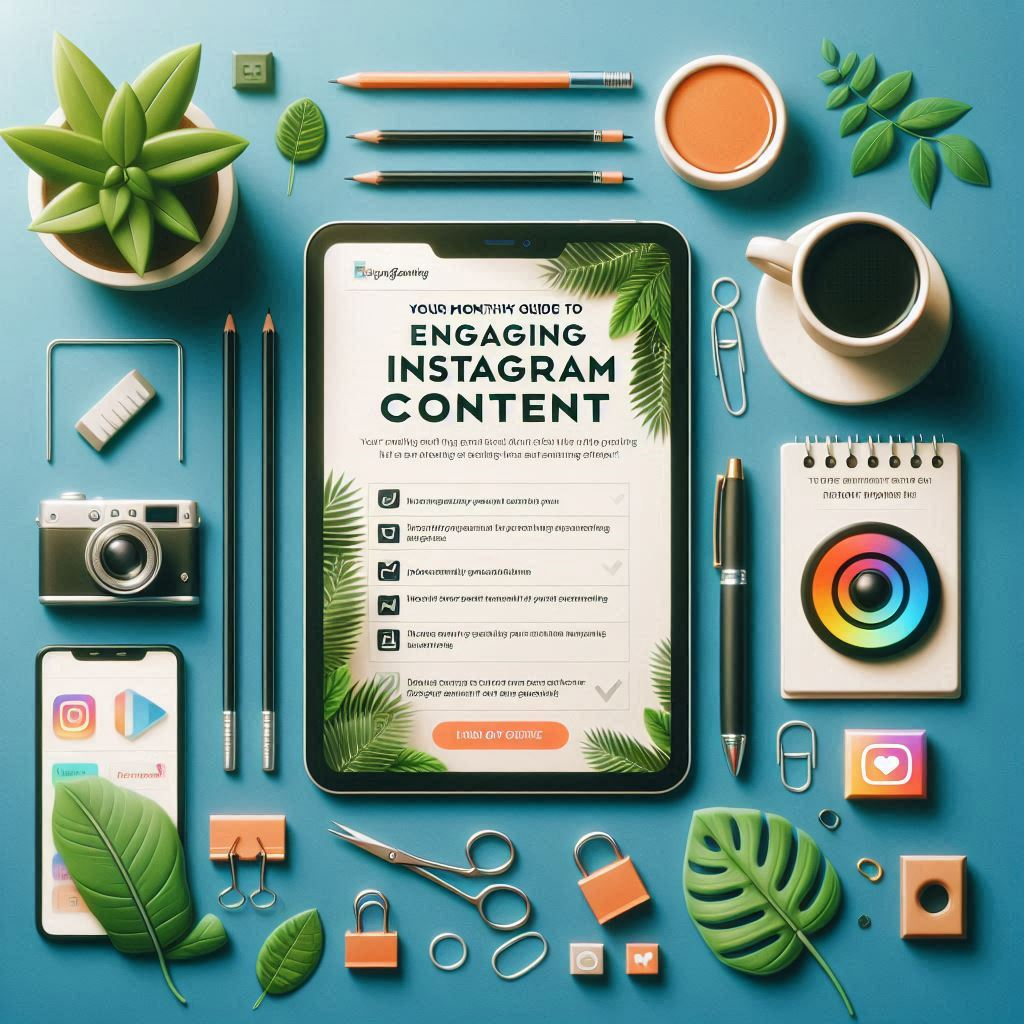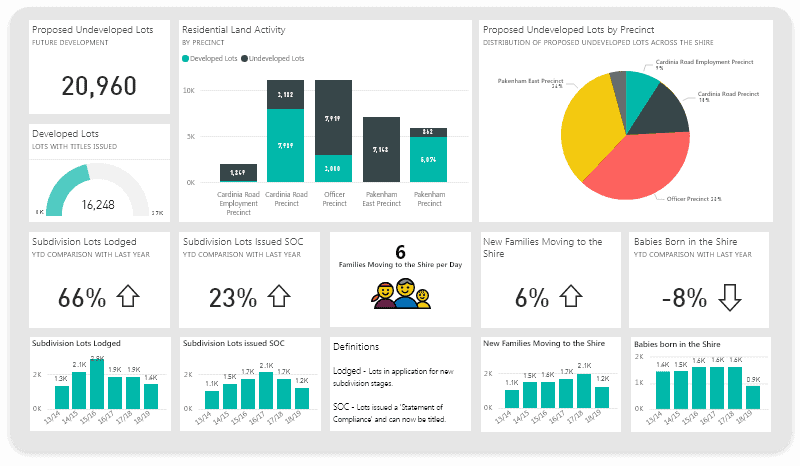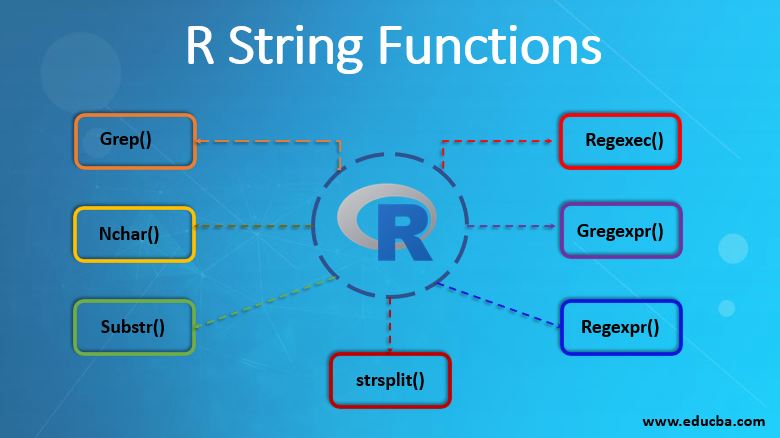
Across the World, everyday Thousands of Videos are getting into Viral due to their Uniqueness or Attentive…So the some of the Observations based the
How to Make a Viral Video
Most of us like to see Viral Videos On the Internet, viral videos may seem like the ultimate form of success and monetization. One can become overnight viral video creator due to their viral video
While viral content may seem like a glamorous goal, it’s difficult to actually achieve, mostly due to the fluctuations in activity that decide what goes viral and what doesn’t. Content that works one day might fall completely flat in another situation with just a few variables tweaked.
Despite the difficulty of generalizing viral content, there are some best practices to keep in mind that may increase your chances of going viral.
Sometimes without no reason some videos may become viral- its depends on the video content
Sometimes Metrics of your Videos touches skyhigh in such way that even viral video content creator might be not expected that many views may happens
As a Primary Step it’s generally not a good idea to specifically aim to make a viral video. It’s one thing to have great video content that you want to market to reach as many people as possible, but it’s another thing to create the content itself with the goal of going viral.
As a Secondary Step, anyone who promises they can make you a viral video is lying. There is no formula that guarantees that content will actually go viral. Some content creators or distribution companies may claim that you can hire them to make your video go viral, but any arrangement that starts this way is likely to end in disappointment.
Yes, there are several commonalities between videos that do go viral, and it is possible to manipulate those factors to try to have the most significant impact. It is not, however, possible to guarantee that those strategies will work for a given piece of content. Even for content creators who have had viral success in the past, each new piece of content is a new challenge that is subject to the same inconsistencies in engagement trends as everyone else’s content.
With those disclaimers in mind, let’s talk about the facts. Thankfully, there are some easily-adjustable factors that many viral videos have in common. If your goal is for your content to reach as many people as possible, here are six tips for optimizing your content.
1. Elicit/Manage Emotions
Viral content often goes viral for one simple reason: it elicits emotion. This is why there’s such a thing as “negative” viral content, like Kendall Jenner’s Pepsi ad. The video went viral by gaining backlash, not praise, but still earned millions of views. Obviously, having millions of viewers who are watching out of frustration is not ideal, so positive emotions are more likely to generate the response you want. Making people feel compassion, humor, or other happy feelings is worth aiming for if you want your content to gain traction. This concept has a lot to do with why this woman’s Chewbacca video went viral. Her laughter is contagious, and it gives off a positive, happy energy that clearly resonated with viewers.
2. Share strategic all Across the Social Platforms
Next, you’ll want to share your content strategically. Many people have the misconception that viral content happens completely organically, but this is often not the case. A video with millions of views may have received boosts from advertising the content, doing outreach to get media outlets or prominent figures to share it, or otherwise making every effort to get the content in front of as many eyes as possible.
3. Keep Video in short
In the digital age, attention spans are shorter than ever. What does that mean for your content? Nobody (okay, almost nobody) wants to watch a ten-minute video unless it provides really clear value to them. Content that is most likely to go viral tends to be shorter in nature, ranging from a few seconds to a few minutes at most.
4. Control & Manage your timing.
If your goal is to go viral, you’ll probably want to post your content on a weekday. Some people recommend posting early in the week, too, so that you have as many days before the weekend as possible when you have a captive audience. The reasoning behind this distinction is that many people are digesting content at work, on lunch breaks, or when they are otherwise browsing the Internet during the workweek. While you can still definitely go viral on the weekend, there may be fewer people looking for content at any given time. Additionally, you’ll want to avoid posting on holidays (unless your content is relevant to the holiday).
5. Align with Latest/Current Scenarios
you’ll want to be aware of what’s going on in the world when you post your content, and then see if you can naturally align it. Keep up with current events, trending topics, and even popular meme formats to pile your content onto the bandwagon if something relevant takes hold.
6. Stay engaged & Analyze Metrics
Finally, when you hit the “post” button, your job isn’t over! For one thing, you’ll want to keep monitoring the engagement and potentially interact with your audience if you start to gain traction. If your content is successful, you’ll also need media outlets to have a way to contact you to continue to fuel your success. On the other hand, if your content isn’t successful, treat it as a case study and adjust for future content. Note any trends in engagement, what worked and what didn’t work, and any flukes that may have affected your content. Then, use that information to optimize your approach next time you have great content. With these tips in mind, you’ll have the best shot at getting your content to go viral. May the odds be ever in your favor!
7. Release on Monday or Tuesday
People watch YouTube videos when they’re at work. They read the news at work. Release your video on Monday or Tuesday to give it the whole week to gain momentum. Weekends are speed bumps.
I chose Tuesday because people are busy catching up with email on Monday. I got lucky with the timing because there wasn’t any major breaking news that day. Releasing on a slow news day will help you.
Mind your holidays, too. Don’t release when people are not at the office.
8. None of this matters if your video isn’t good
You can get your friends to share. But only the strength of the content can get their friends to share. If you are serious about making good content, read Made to Stick.
Why will people share your video? People share things when they feel emotion. What emotion will your viewers feel?
Some emotions spread better than others. Emotions that spread: awe, excitement, amusement, anger, anxiety. Emotions that don’t: contentment, sadness.
9. Tell a story
I’m a decent dancer for a year of practice but I’m nothing compared to the pros. There are thousands of dancers way more talented whose videos didn’t go viral.Girl Learns to Dance in a Year went viral because it wasn’t just another dance video with cool moves and cool camera angles. It wasn’t about how good the dancing was. It was about how awkward I was when I started, and how I got better with practice.
And it’s not just a story about dancing. It’s about having a dream and not knowing how to get there — but starting anyway.People want stories. That’s what all TV, movies, and books are. Tell a story.
10.Make your video shorter & Crispsy if Possibel
The first thing people do when they play a video is check to see how long it is. It helps them decide whether to watch it. 10 minutes: forget it. 2 minutes: I’ll give it a shot. 30 seconds: Heck, might as well.Make your video as short as possible while still keeping the heart of the story. The editor and I literally spent hours shaving off seconds to get the video down to 1 minute 51 seconds.Short videos spread better.
11.Write a viral title































































































